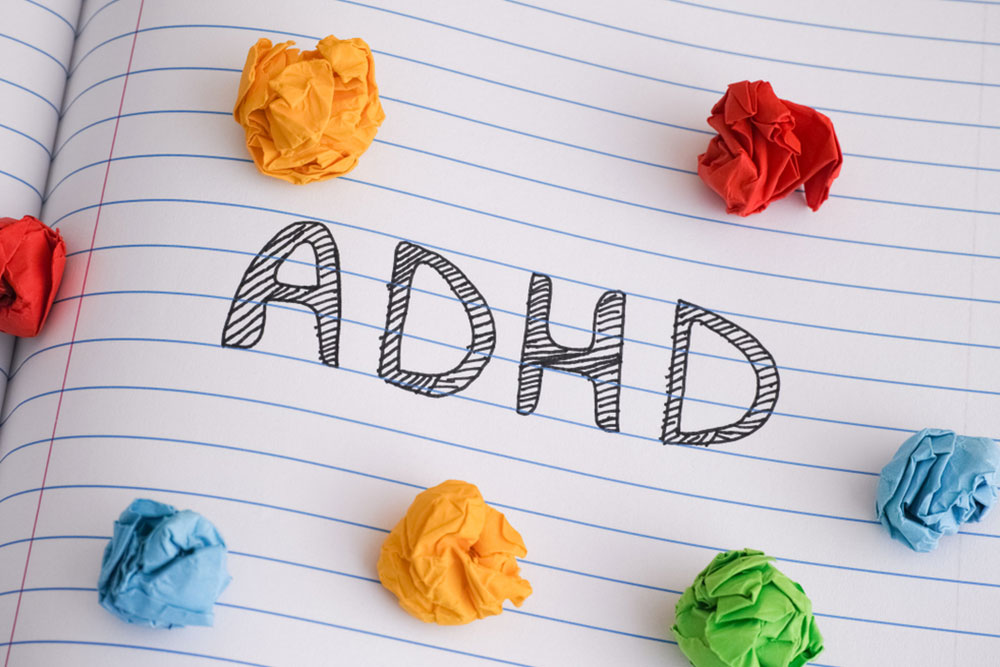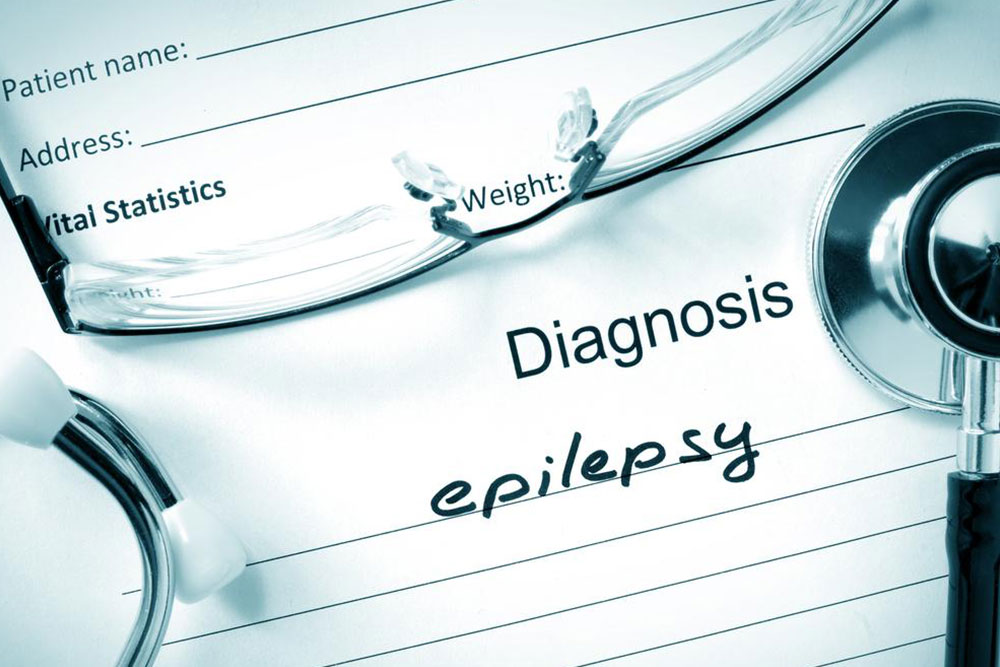Critical Insights into Stroke Prevention and Management
Learn crucial facts about stroke risks, symptoms, and treatments. This guide highlights preventive strategies, early warning signs, and medical interventions to reduce stroke-related fatalities and disabilities, emphasizing lifestyle choices for better brain health.

Critical Insights into Stroke Prevention and Management
Stroke has become a prominent cause of mortality worldwide, with approximately 800,000 deaths annually, ranking as the fifth leading cause of death. The condition occurs when the brain receives insufficient oxygen, leading to damage and dysfunction of brain cells, which can be fatal if not treated promptly. Individuals of African or Caucasian descent are at a higher risk. Preventive measures, such as maintaining a healthy lifestyle and balanced diet, are crucial to lowering the chances of experiencing a stroke.
Understanding stroke causes and early symptoms can aid in timely intervention. Risk factors include obesity, family history, excessive alcohol consumption, and smoking. There are different types of strokes, mainly ischemic, transient ischemic attack (TIA), and hemorrhagic, each requiring specific treatments. Recognizing symptoms like numbness, severe headaches, vision issues, and limb pain is essential for immediate medical response.
Effective treatment options vary based on stroke type, including clot removal, medication, or surgical repair. Early diagnosis and intervention can significantly reduce long-term disability risks. Prioritizing a healthy lifestyle can be instrumental in preventing strokes and safeguarding brain health.










